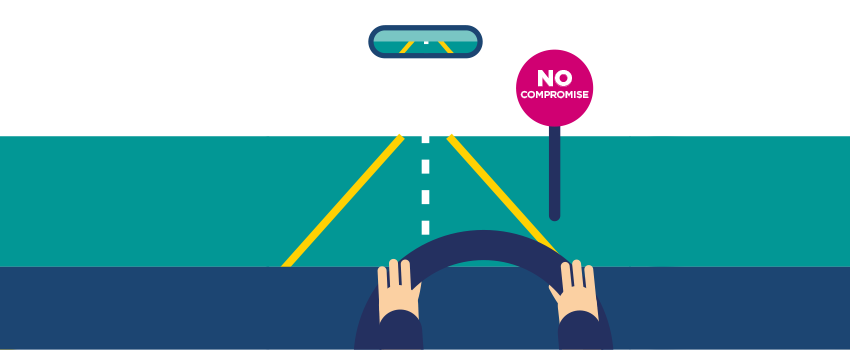Disruption and its impact on Finance
Organisations are under stress from rapid market changes driven by new technologies, changing consumer behaviours and widespread digitisation. This is eroding current business models and is challenging the traditional ways of working, making them increasingly incompatible with new economic realities.
Organisations must become agile. Directors need to speed up strategy decisions, HR need to hire new talent quickly, IT need to implement new systems faster, and Finance needs to provide constant, timely performance information to the business.
Finance in particular can struggle to meet these new demands for a number of reasons:
- Often many of their processes are manual and labour intensive
- It’s common to find that the period end close is lengthy slowing the delivery of information to the business
- Creating forecasts requires data from numerous sources and this takes time to compile and validate
- Consolidations within complex organisations are time consuming and difficult to produce accurately
- The varying data structures and formats within Finance create mapping complexity and introduce risk
- Investigating variances between actuals and forecasts can be a lengthy process requiring input from multiple systems and consultation with staff from business units
Continuous Intelligence
As a result Finance often spends far longer collating data and creating the outputs, than providing business insights and answering queries. Our journey to excellence addresses this in three steps to success:
Step 1 – Define
The conceptual structure of the business operating model is agreed and documented, and road-tested against any proposed future changes. We seek to identify the source systems for inputs, how the GL should map onto the reporting dimensions, how the planning process needs to work and how the business stakeholders can optimally interact with the process.
This leads to a proposal for how the future planning cycle will operate, what the reporting dimensions need to be, how the data in current systems will feed into the plan, and a definition of the outputs in terms of reports, analysis, dashboards and KPIs.
By the end of this phase the planning process will be fully optimised, with the emergence of scenario analysis and stress-testing capabilities. The consolidation methodology, if needed, should also be fully implemented and embedded within the planning process.
Step 2 – Align
In this stage we put our structure and system know-how to support the Board and the corporate decision-making processes. In this phase we focus on variance and what-if analysis, allowing a range of scenarios to be rapidly generated and presented to stakeholders for decision support.
This step involves the creation automated close data acquisition processes, with planning data automatically obtained from the ORYX Plan component. Because actual data is available from both business systems and the ledger, variance analysis can be prepared at a business driver level and seamlessly reported to stakeholders, or delivered as a self-service capability.
The users can drill-down and conduct what-if analyses through our system, to investigate and resolve variances, before submitting professional final reports and dashboards to the Board.
Step 3 – Refine
In the refine stage the focus is on promoting horizontal integration with other business functions and systems to further optimise finance and related processes. Here our solutions and know-how assists in areas such as period-end reconciliations and integrations, regulatory reporting, and the provision of outputs for business partners such as IT, procurement, HR, Compliance, etc.
The objective is to optimise finance processes so less time is spent gathering data and creating outputs, and more time is spent partnering with the business units and providing the insights required by partners and the Board.
Supporting the Need for Speed
In the struggle to survive and prosper in the newly emerging digital economies, organisations are adopting agile and adaptive strategies which require them to innovate, experiment, fail fast, learn from the mistakes and move on.
For organisations to work like this, much depends on the speed and ability of back and middle-office functions to reduce the time from initial idea to execution. Our three step methodology supports this by driving automation of data collection and processing, and speeding the provision of insights on the performance of new products and services.
The office of finance comes out of the three step process with a common purpose, a set of compatible and efficient processes, and the time to devote to supporting the business as a strategic partner.
Stay ahead of disruption and achieve excellence, get in touch.





